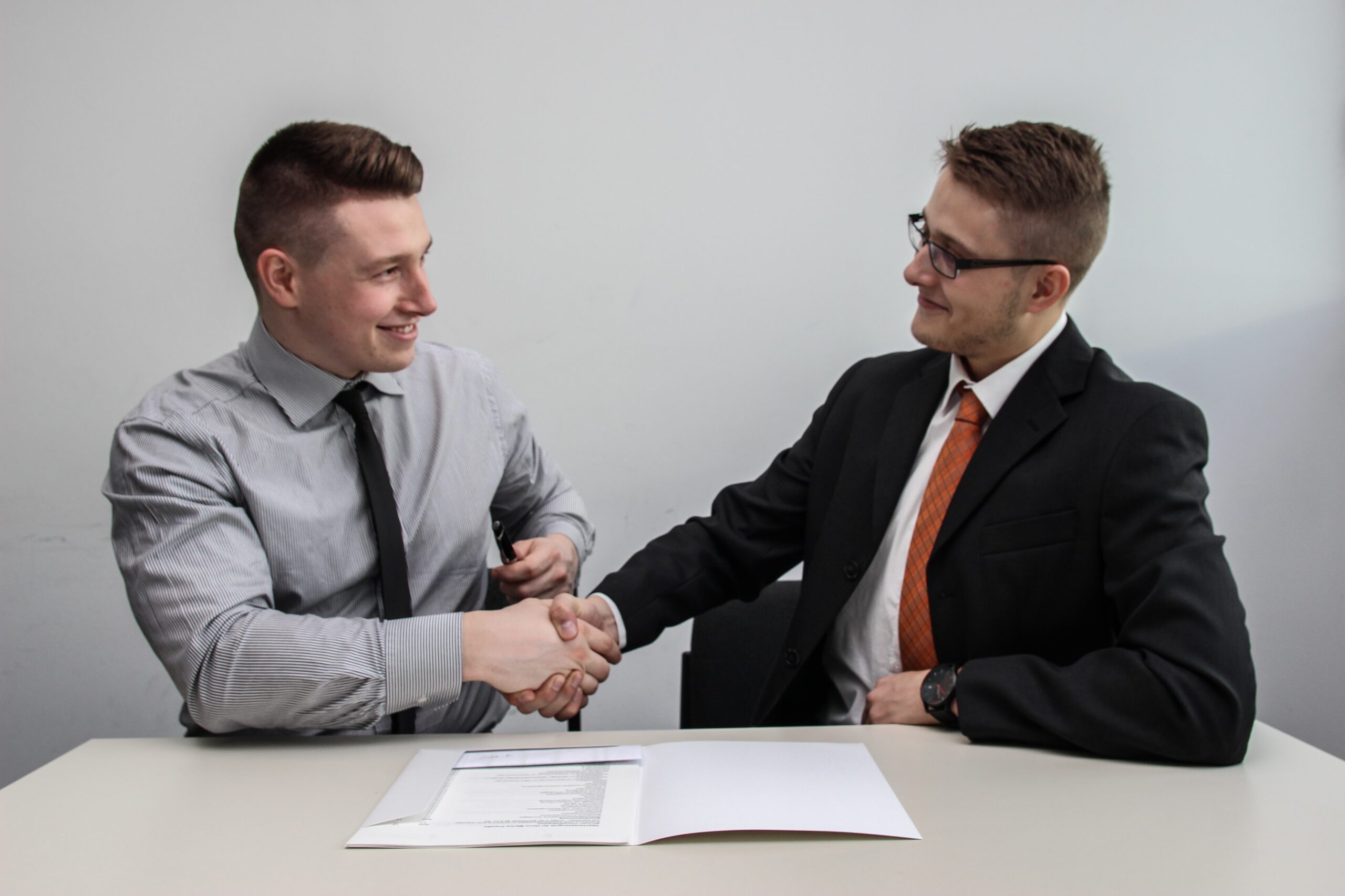Embracing Failure: How Engineering Mistakes Forge Innovation
페이지 정보

본문

In engineering, failure is not the opposite of success—it is a vital part of the process. Every great invention, every reliable structure, and every optimized mechanism has been forged through mistakes made along the way. Yet too often, failure is hidden from view—a mark of failure rather than a critical phase toward improvement. The truth is, embracing failure is what defines the difference between average and outstanding practitioners.
When a building buckles, a power supply fails, or a software update crashes, the immediate reaction is often scapegoating. But the seasoned professionals pause before pointing fingers. They ask instead: what can we learn from this? What beliefs proved false? What tests were skipped? What variables were untested? These questions transform a crisis into a catalyst for insight.
One of the core truths in engineering is that flawless systems are never born whole. Prototypes are designed to break. Simulations are created to uncover vulnerabilities. Even the most experienced engineers build things preparing for malfunction—because breaking in a controlled environment is far safer than breaking in the real world. The goal is not to prevent errors but to fail quickly, cheaply, 転職 資格取得 and with enough data to improve.
Consider the space program. Every mission launch involves weeks of rigorous testing, but even then, unexpected failures occur. The the Challenger incident is a powerful illustration. What could have been a tragedy became a monument to resilience because the team treated the failure not as an end but as a problem to be solved with creativity and calm. Their response was rooted in an organizational mindset that embraced risk as part of progress.
In your own work, start by destigmatizing mistakes. Share your mistakes openly with your team. Document what went wrong and why. Celebrate the lessons learned as much as the successes. Model vulnerability as strength. When people feel safe admitting errors, innovation thrives. The boldest solutions come from fearless experimentation.
Also, create failure-transparent workflows. Deploy real-time analytics. Run structured failure reviews. Design redundancy into your projects. These practices don’t stop errors—they make failure meaningful. They turn surprises into signals.
Finally, remember that each professional, no matter their status, has a history of a failed project. The difference is not in whether they failed, but in how they learned. The top performers don’t run from error. They respect it. They analyze it. They use it as a map to superior outcomes.
So the next time something crashes, don’t panic. Analyze. Probe deeper. Collect evidence. Collaborate with peers. And then retry—smarter this time. Failure is not your adversary. It’s your fiercest guide.
- 이전글Ufabet: Enjoy Thrilling Online Casino Gamings in Thailand 25.11.05
- 다음글Ufabet: Enjoy Thrilling Online Casino Gamings in Thailand 25.11.05
댓글목록
등록된 댓글이 없습니다.